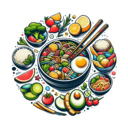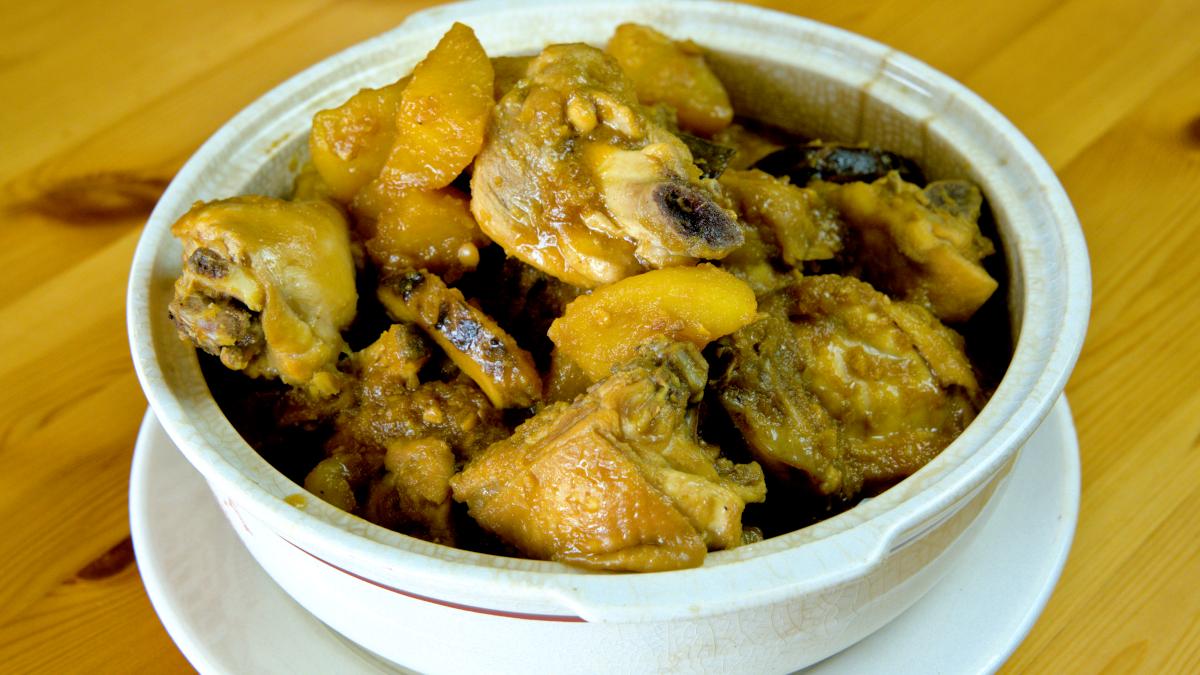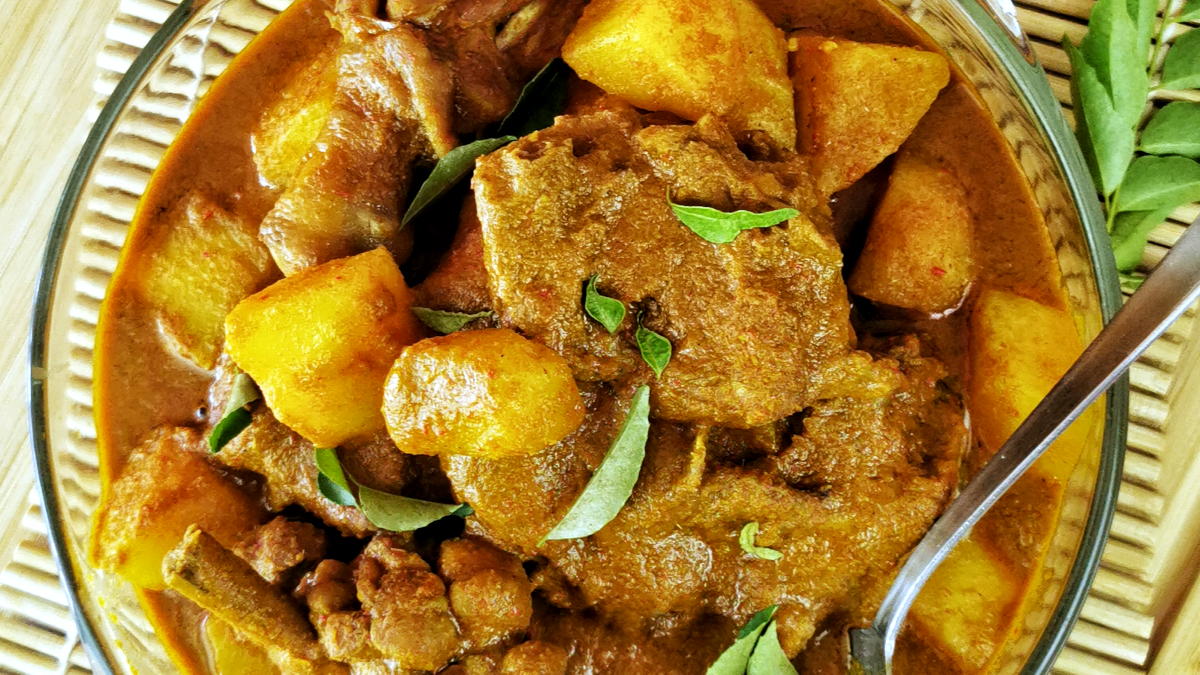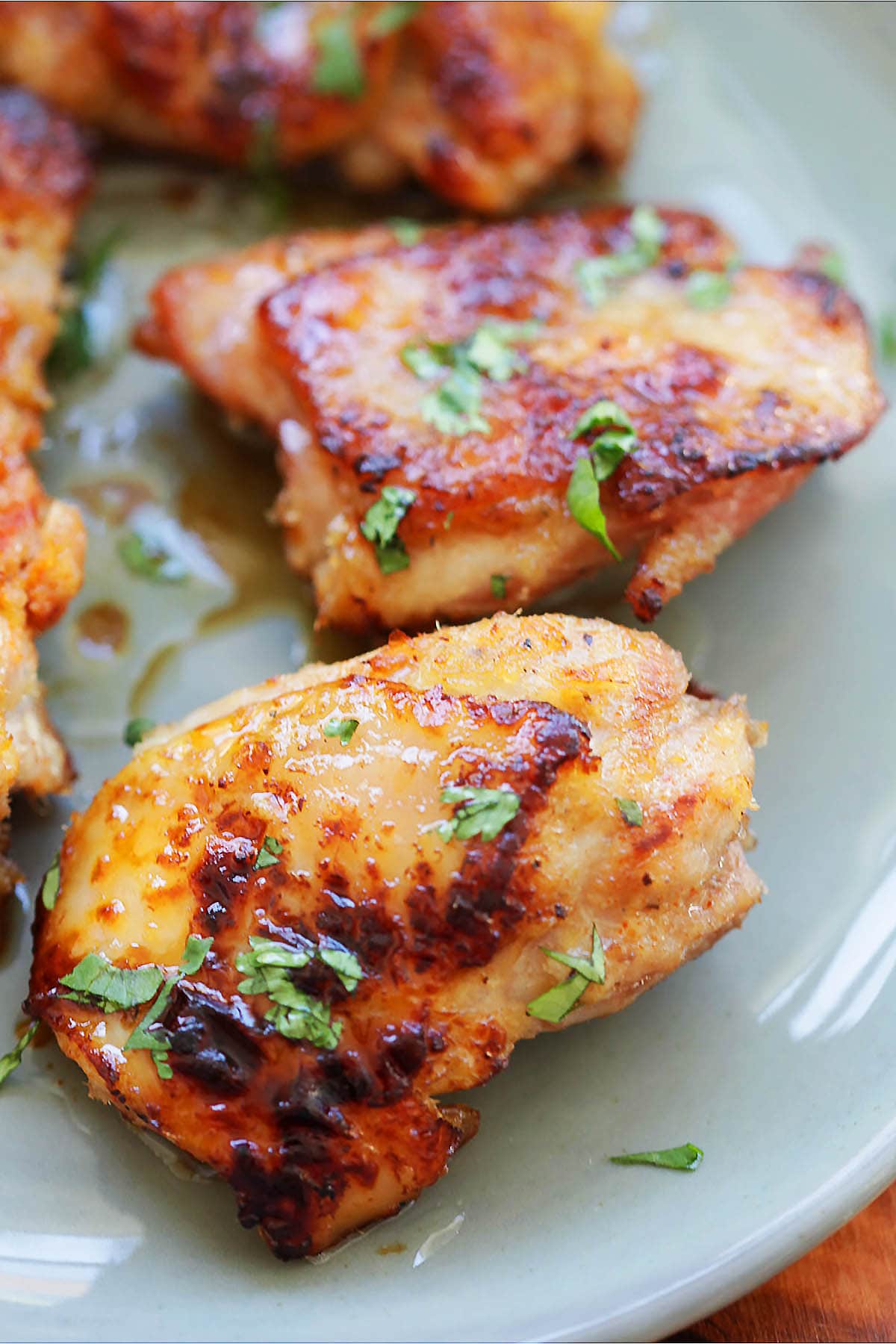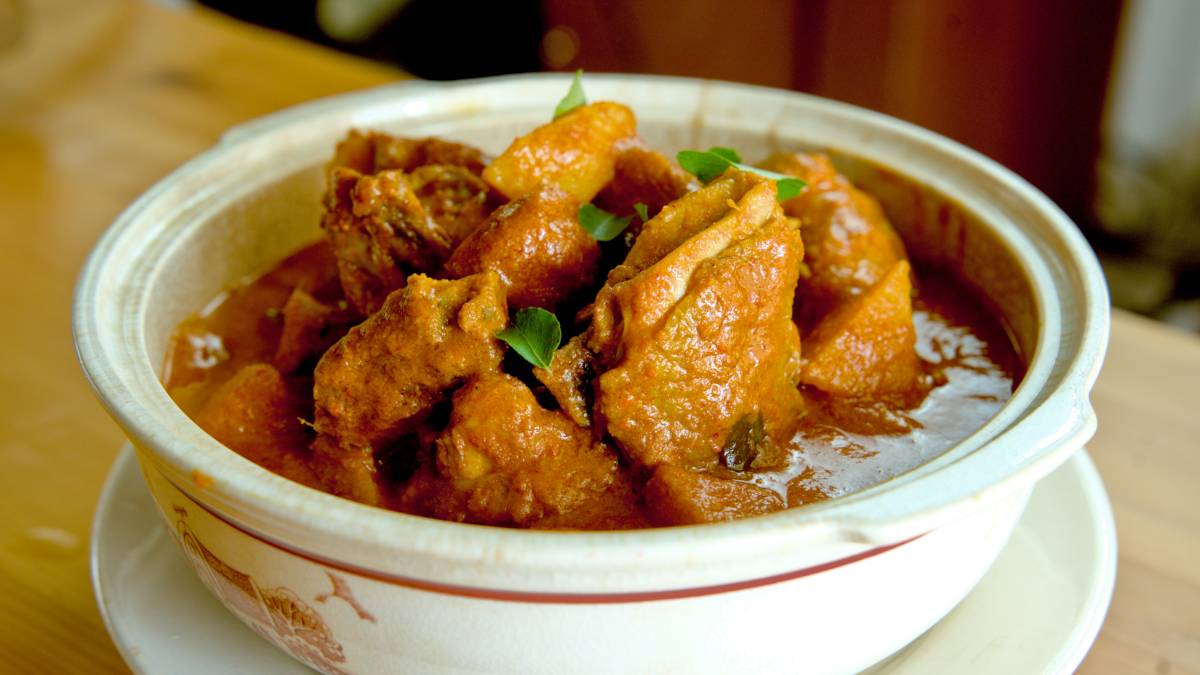Chicken Pongteh (Ayam Pongteh) is a delightful Nyonya dish that features a hearty potato stew with chicken thighs, fermented bean sauce (taucu), and Thai palm sugar. This dish traces its roots back to the Peranakan community, which comprises descendants of intermarriages between Chinese immigrants and local Malays. Originally, it was prepared with pig trotters (babi pongteh) or pork ribs, but it has since evolved into a chicken dish to accommodate Muslim dietary practices.
The Peranakan community is celebrated for its unique blend of Chinese and Malay culinary traditions, and Chicken Pongteh stands as a prime example of this cultural fusion. It is one of the most beloved dishes in Nyonya cuisine. While variations exist, Chicken Pongteh consistently features two key ingredients: Thai palm sugar and fermented soy bean paste.
In this article, I will share my original recipe for Ayam Pongteh, a classic Peranakan chicken and potato stew that incorporates medium-sized potatoes.

The Origin of Nyonya Cuisine: Approximately six centuries ago, Chinese migrants settled on the Malaysian peninsula seeking prosperity. They eventually married local Malay women, and their descendants began crafting dishes that combined Chinese and Malay elements, giving rise to what we now recognize as Nyonya cuisine. This culinary style offers a distinct flavor profile that is unparalleled in any other cooking tradition.
Note: This post may contain affiliate links. Please read my privacy policy for more information. I may earn commissions for purchases made through links in this post. As an Amazon Associate, I earn from qualifying purchases.
Ingredients Required for Chicken Pongteh
Before we begin cooking, let’s gather the necessary ingredients for this dish.
- Shallots and Garlic: This recipe calls for a generous amount of minced shallots and garlic, which are staples in Malay cuisine. Traditionally, they are pounded together using a mortar and pestle, but a food processor can be used for convenience.
- Seasonings: The seasoning for Chicken Pongteh blends Malay and Chinese flavors, including light soy sauce, dark soy sauce, and fermented bean paste. Some variations may substitute sweet soy sauce for light soy sauce, adding a thicker and sweeter profile.
- Palm Sugar: A significant amount of Thai palm sugar (Gula Melaka) is essential for this dish, as it imparts a unique aroma and flavor commonly found in Malay cooking. If unavailable, brown sugar is a suitable alternative.
- Chicken: Bone-in chicken or chicken breast can be used, but bone-in, skin-on thighs are preferred for their flavor-enhancing properties during stewing. Some restaurants may opt to cut a whole chicken into pieces for this dish.
- Dried Shiitake Mushrooms: While optional, adding dried shiitake mushrooms is highly recommended for their umami flavor, which enhances the dish’s overall taste. Simply soak them in hot water until soft, then slice them into strips.
- Potatoes: Medium-sized potatoes are the final ingredient. In Nyonya cooking, the skin is typically peeled off, and the potatoes are cut into one-inch pieces. Avoid cutting them too small, as they may disintegrate during cooking.
- Others: You may add star anise and cinnamon during cooking for additional flavor, but I prefer to keep the taste simple. Some recipes also include bamboo shoots and spring onions.
Note: Fermented yellow bean paste and Thai palm sugar can typically be found at Asian grocery stores.
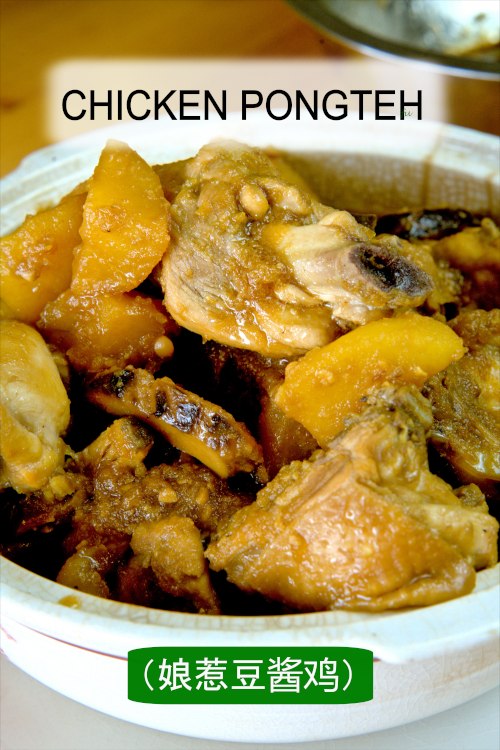
How to Cook Ayam Pongteh
Follow these step-by-step instructions to prepare Chicken Pongteh (Ayam Pongteh).
a. Deep-Fry the Potatoes
- Peel and cut the potatoes into one-inch pieces. If you won’t be cooking them immediately, submerge them in hot water to prevent oxidation.
- Drain the potatoes in a colander and pat them dry with a cloth to minimize splattering during frying.
- Deep-frying the potatoes in hot oil adds flavor and helps them maintain their shape during stewing. If you prefer, you can skip this step and stew the raw potatoes and chicken together.
- To deep-fry, heat oil in a wok and fry the potatoes until they are lightly charred at the edges and golden brown. Remove them from the oil and place them on a paper towel to absorb excess oil.
b. Sauté Shallots, Garlic, and Seasonings
- Peel and roughly chop the shallots and garlic, then blend them in a food processor until they form a paste. There’s no need to add water, as the shallots contain enough moisture. Traditional methods involve using a mortar and pestle for a coarser texture.
- Remove most of the oil from the wok used for frying the potatoes, leaving about two to three tablespoons. Add the blended shallot and garlic paste and sauté over medium heat until it darkens slightly and becomes aromatic.
- Add light soy sauce, fermented yellow soybean paste, dark soy sauce, and water to the wok.
c. Add Chicken and Mushrooms
- Add the chicken pieces, shiitake mushrooms, and potatoes to the wok. Taste and adjust seasoning with salt and white pepper as needed. I typically add two tablespoons of palm sugar for a subtly sweet yet savory flavor that characterizes authentic Chicken Pongteh.
Note: Soak the dried shiitake mushrooms in hot water until soft, remove the stems, and slice before adding them to the dish.
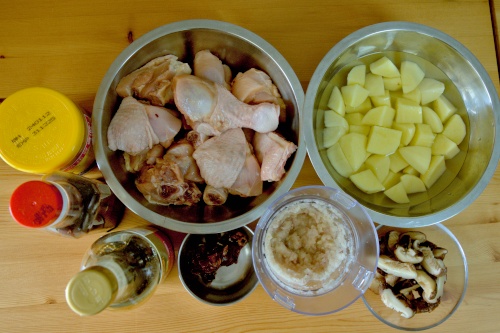
d. Stew Until the Chicken is Tender
- Cook the chicken and potatoes over low heat. I recommend using a kitchen thermometer to check the chicken’s doneness. Stop cooking once the chicken is fully cooked and the potatoes are tender, as overcooking can toughen the meat.
- Once cooked, remove the chicken and potatoes from the wok and transfer them to a serving dish. For the best dining experience, serve with sambal belacan and fresh spring rolls.
Note: If serving immediately, consider marinating the chicken in light soy sauce and lime juice for an hour before cooking. However, if you plan to serve it later, marinating may not be necessary, as the flavors will develop over time.
Other Baba Nyonya Dishes Related to Ayam Pongteh
If you enjoy this Peranakan recipe, I recommend trying Chicken Kapitan. This dish offers a distinct flavor profile due to the addition of kaffir lime leaves and shrimp paste (belacan) during cooking.
